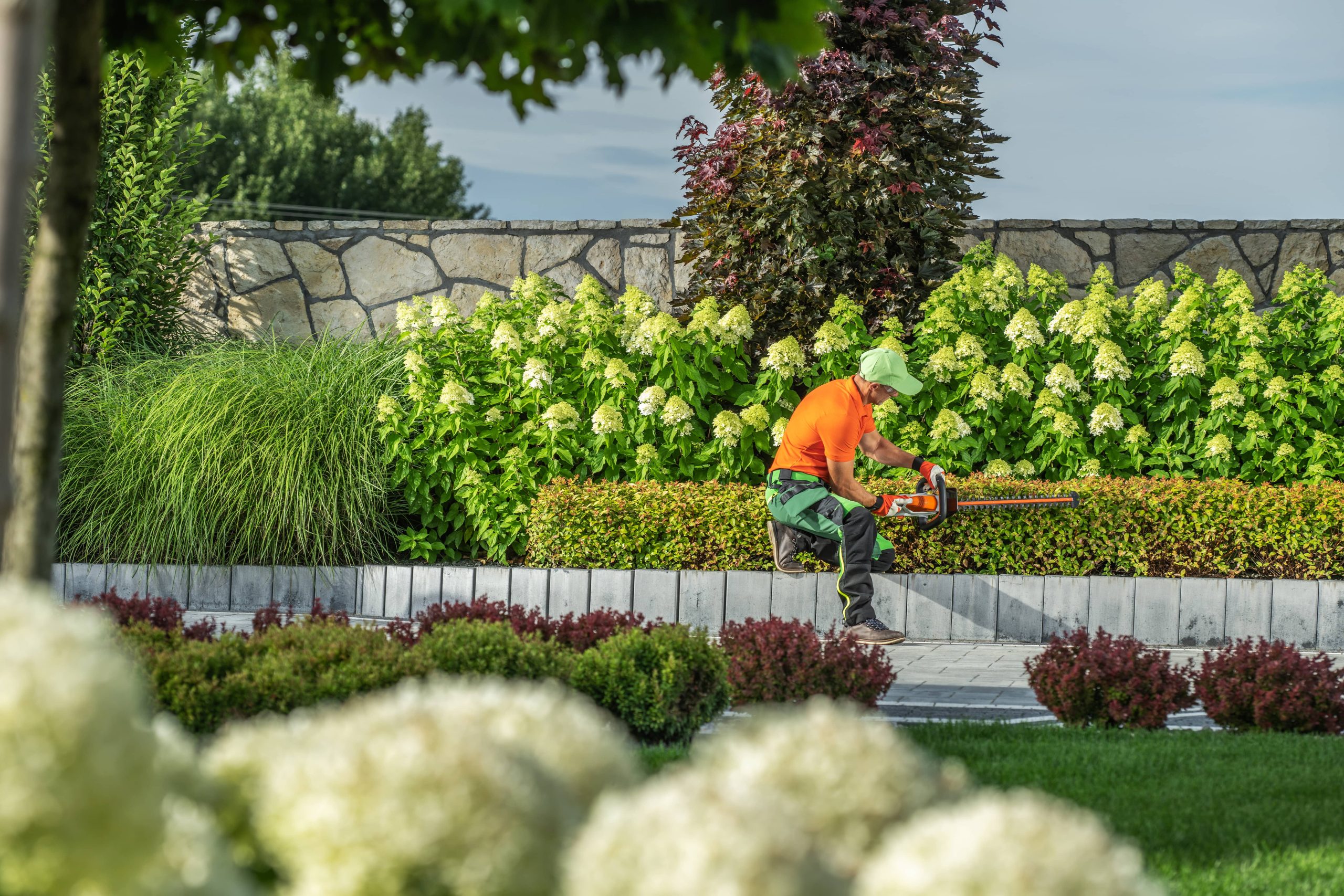
Gardening is often likened to an art form where nature is the canvas, and pruning is one of the essential techniques that can elevate a garden’s aesthetics while promoting plant health. Pruning trees and shrubs is not merely a cosmetic exercise; it is a vital practice that helps ensure their longevity and vitality. In this blog post, we delve into the benefits of pruning, the appropriate techniques for different types of trees and shrubs, and tips to integrate these practices into your gardening regimen.
Understanding the Importance of Pruning
Pruning serves multiple purposes. Primarily, it helps maintain plant health by removing dead or diseased branches, allowing sunlight and air to penetrate the foliage, which reduces the risk of disease. Moreover, pruning helps manage the plant size, ensuring the garden remains well-organized and harmonious. This practice also encourages the growth of flowers and fruits, increasing the productivity of your garden.
Apart from these essential benefits, pruning enhances the beauty of trees and shrubs. Well-pruned plants have a tidy appearance that adds structural elegance to any garden. By controlling the growth patterns, gardeners can create desired shapes and forms, contributing to the overall landscape design.
When is the Best Time to Prune?
Timing is crucial when it comes to pruning. Generally, late winter or early spring is the best time for pruning most deciduous trees and shrubs. During this dormancy period, plants are less susceptible to stress, and diseases have a lower chance of spreading. However, it’s important to consider the specific needs of each plant species. For example, spring-flowering shrubs like lilacs and forsythias should be pruned immediately after their bloom period to avoid cutting off next year’s flower buds.
Evergreen shrubs can be pruned after their growth flush in early summer, while fruit trees are best pruned in late winter to early spring to stimulate fruit production. Remember, the key is to avoid pruning during active growth phases or extreme temperatures, as this can lead to stress and vulnerability.
Pruning Techniques for Trees
Different trees and shrubs require specific pruning techniques to thrive. Begin with identifying the type of tree or shrub you are working with:
1. Thinning: This technique involves selectively removing branches back to their point of origin. Thinning helps to increase light penetration, reduce wind resistance, and maintain the natural shape of the tree. It is especially useful for trees like maples and oaks.
2. Raising: If you need to create clearance under the tree canopy, use raising. This involves removing the lower branches to provide space for movement, vehicles, or views.
3. Reduction: This method is used to reduce the size of a tree while maintaining its form. Remove the leaders or branch terminals back to a lateral branch that is at least one-third the diameter of the limb being removed.
4. Deadwooding: Deadwood refers to the removal of dead, dying, or diseased branches. This not only enhances the appearance but also prevents decay from spreading.
Pruning Techniques for Shrubs
Shrubs present unique challenges in pruning. Here are some effective techniques for maintaining their health and appearance:
1. Shearing: Often used for formal hedges, shearing involves trimming all branches to the same length. While it creates a clean, uniform look, it should be done sparingly to avoid dense outer foliage and sparse interiors.
2. Renewal Pruning: For overgrown or neglected shrubs, rejuvenation or renewal pruning can restore their vigor. Cut one-third of the oldest branches down to ground level every year over a three-year period. This stimulates new growth and maintains an attractive shape.
3. Tip Pruning: This method is used to encourage bushy growth by removing the tips of young branches. It’s particularly effective with certain flowering shrubs to promote fuller blooms.
4. Heading Back: Similar to tip pruning, heading back involves cutting longer branches back to a bud. It encourages growth of more branches and is essential for creating a dense and lush shrub.
Tools of the Trade
The correct tools make all the difference in successful pruning. Always use clean, sharp tools to minimize injury to the plant. Invest in high-quality hand pruners for small branches and twigs, loppers for slightly larger branches, and a pruning saw for thicker limbs. Pole pruners are useful for reaching higher branches without a ladder. Regular maintenance of these tools is crucial to ensure they function effectively and prevent the spread of disease.
Pruning Best Practices
Regardless of the plant or technique, these best practices apply:
– Always prune at a 45-degree angle, just above a bud or branch. This promotes faster healing.
– Avoid leaving stubs, as they can become entry points for pathogens.
– Remove no more than one-third of the plant’s foliage in a single session to prevent stress.
– For trees with large limbs, use a three-cut method to prevent bark from tearing.
In summary, pruning is an indispensable practice for maintaining a healthy and beautiful garden. By understanding the specific needs of your trees and shrubs and using the correct techniques, you can ensure they not only survive but thrive. As you refine your pruning skills, you’ll develop a deeper connection with your plants and enhance your garden’s allure. Remember, a well-pruned garden reflects your thoughtful care and adds a timeless charm that rewards both the gardener and their admirers.







